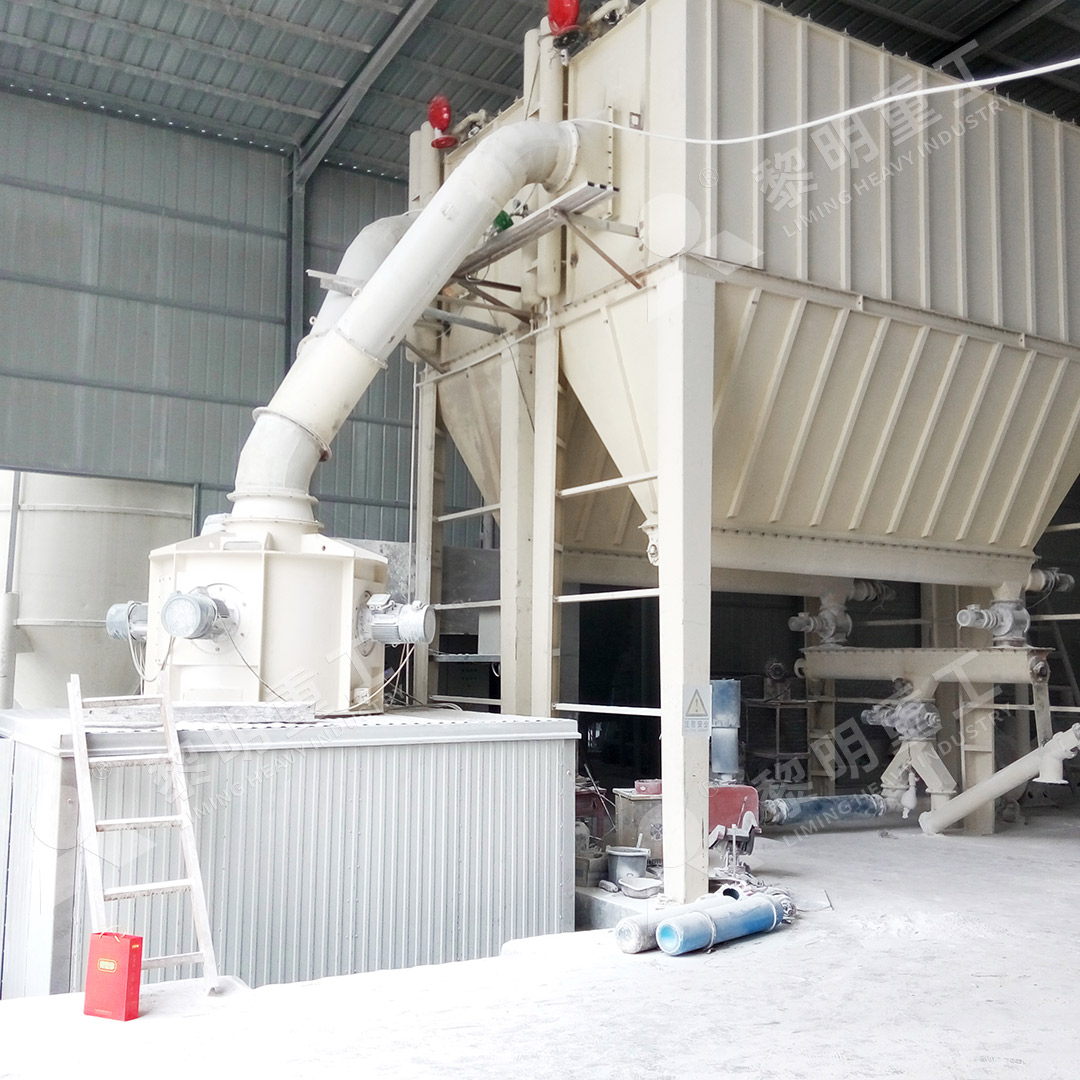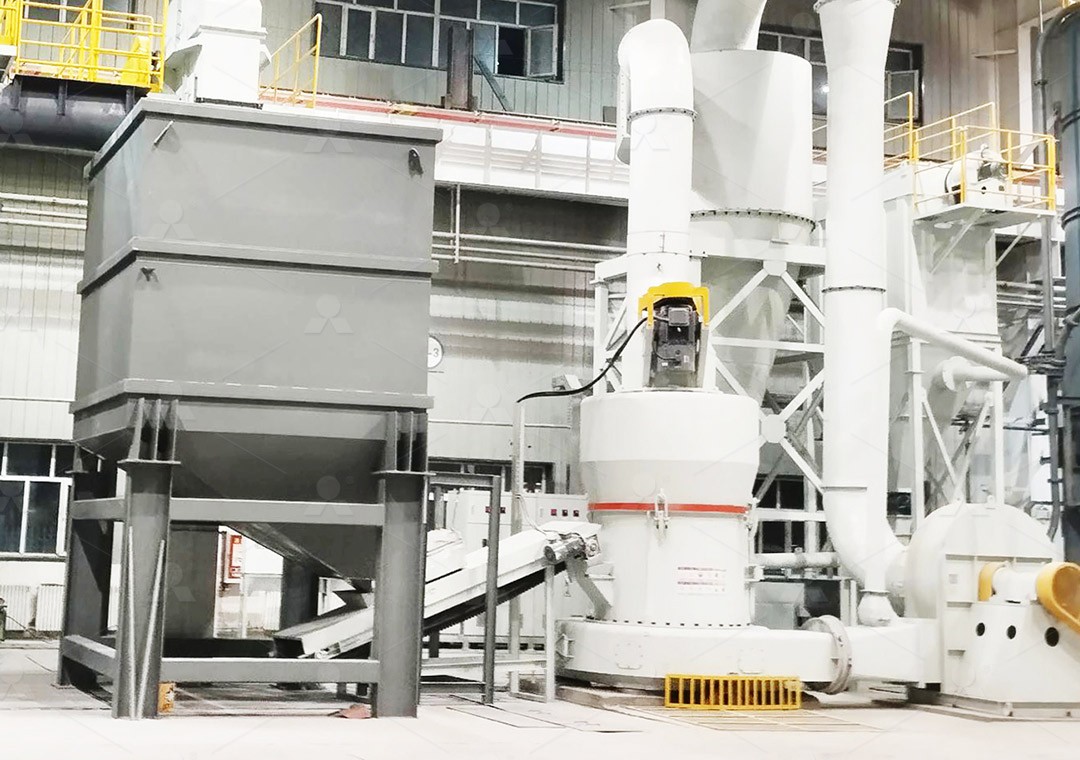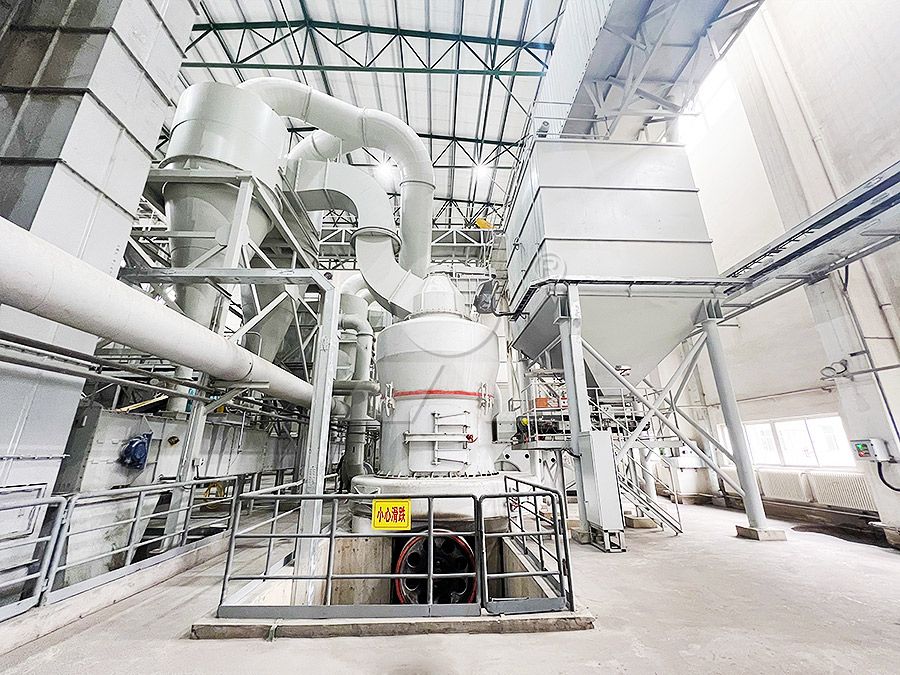Fully Automatic Stone Powder Grinding Mill: Key Features and Applications
Fully Automatic Stone Powder Grinding Mill: Key Features and Applications
In today’s demanding industrial landscape, the quest for efficient, reliable, and environmentally conscious size reduction technology is paramount. Fully automatic stone powder grinding mills represent the pinnacle of this engineering pursuit, offering unparalleled control and productivity for a vast range of mineral processing applications. These advanced systems are engineered to transform raw, coarse materials into ultra-fine powders with consistent quality, all while minimizing operational costs and environmental impact.
The core of modern powder production lies in the integration of intelligent automation. These mills are designed to operate with minimal human intervention, featuring sophisticated control systems that monitor and adjust key parameters like grinding pressure, rotational speed, and feed rate in real-time. This not only ensures optimal performance and product fineness but also protects the equipment from potential damage, leading to enhanced longevity and reduced downtime.

Unlocking Ultra-Fine Potential with Advanced Technology
For operations requiring the highest levels of fineness, the MW Ultrafine Grinding Mill stands out as a premier solution. This machine is specifically designed for customers who need to produce ultra-fine powder between 325 and 2500 meshes. A key feature is its advanced cage-type powder selector, which utilizes German technology to achieve exceptional precision in particle separation, ensuring a final product with a screening rate of d97≤5μm in a single pass.
Beyond precision, the MW series is built for efficiency and durability. Its innovative design eliminates rolling bearings and screws within the grinding chamber, a strategic move that removes common failure points and concerns about bearing damage or loose screws causing machine failure. Furthermore, the integration of an efficient pulse dust collector and muffler system guarantees that the entire production process is virtually dust and noise-free, aligning with the strictest national environmental protection standards. With an input size of 0-20 mm and a capacity ranging from 0.5 to 25 tons per hour, it is an ideal choice for processing materials like limestone, calcite, dolomite, and gypsum for use in industries such as chemicals, paint, cosmetics, and food additives.

A Versatile Workhorse for Vertical Grinding
When space efficiency and high-capacity grinding are critical, vertical roller mills offer a compelling advantage. The LUM Ultrafine Vertical Grinding Mill is another excellent example of cutting-edge design. It integrates ultrafine powder grinding, grading, and transporting into a single, compact unit. Its unique roller shell and lining plate grinding curve are engineered to easily generate a material layer, enabling a high rate of finished product yield from a single pass. This design not only boosts efficiency but also improves the whiteness and cleanliness of the final powder.
The LUM mill incorporates a highly efficient multi-head powder separating technology controlled by a PLC system, allowing for precise control over product fineness and quick adaptation to different production demands. This results in energy savings of 30% to 50% compared to conventional mills. Its reversible structure is a maintenance engineer’s dream, allowing heavy grinding rollers to be easily moved out of the mill body for inspection and part replacement, significantly reducing shutdown losses. With a capacity of 5-18 tph, it is perfectly suited for producing superfine dry powder from non-metal ores.
Broad Industrial Applications
The utility of fully automatic grinding mills spans across numerous sectors. In the construction industry, they are indispensable for producing fine powders for cement and concrete additives. The chemical and pharmaceutical industries rely on them to create base materials for products like paints, coatings, cosmetics, and medicines with strict purity and fineness requirements. Furthermore, the environmental sector utilizes these mills for power plant desulfurization by grinding limestone into the fine powder needed to absorb sulfur oxides.

Frequently Asked Questions (FAQ)
What is the main advantage of a fully automatic grinding mill?
The primary advantage is the significant reduction in operational labor and the guarantee of consistent, high-quality powder output. Automation ensures the mill runs at its optimal parameters at all times, maximizing efficiency and minimizing human error.
How do I choose between different models like the MW and LUM mills?
The choice depends on your specific needs for fineness, capacity, and material characteristics. The MW Ultrafine Grinding Mill is tailored for the highest fineness levels (up to 2500 mesh), while the LUM Ultrafine Vertical Grinding Mill offers a great balance of high capacity, energy efficiency, and easier maintenance in a vertical layout.
Are these mills environmentally friendly?
Yes, modern mills like the MW and LUM are designed with environmental protection as a core principle. They are equipped with high-efficiency pulse dust collectors to eliminate dust pollution and silencers to reduce operational noise, ensuring full compliance with environmental standards.
What kind of after-sales support can I expect?
Manufacturers like LIMING take full responsibility for their machines, offering comprehensive technical services and a sufficient supply of original spare parts to ensure worry-free, continuous operation for their customers.
